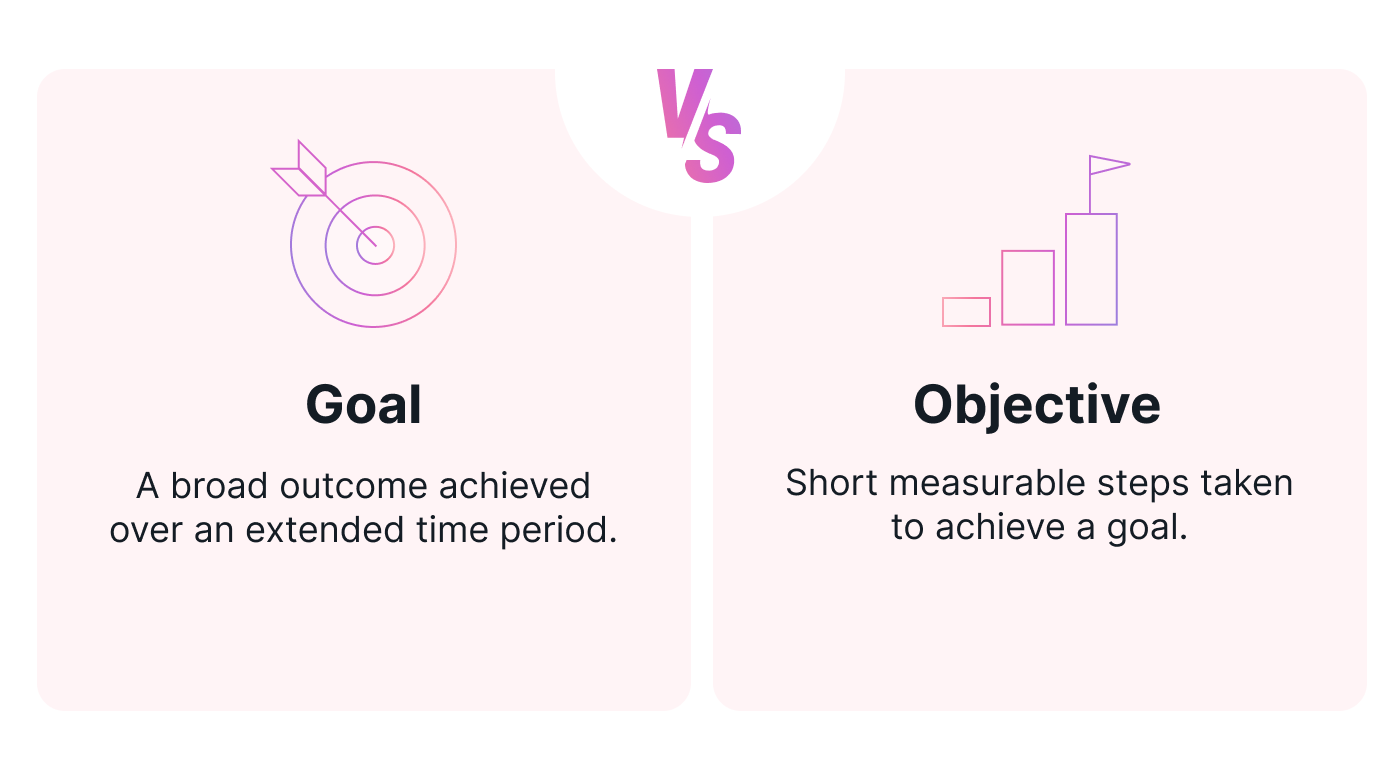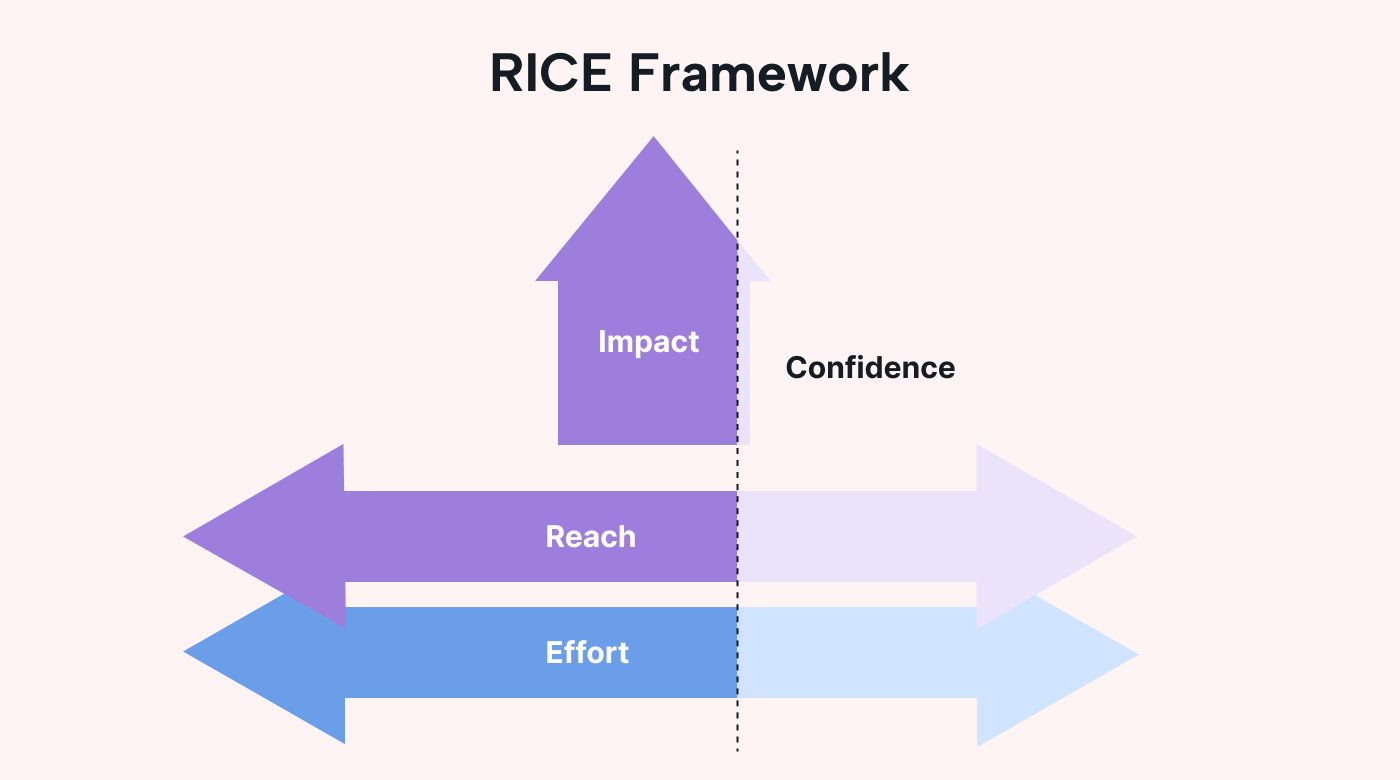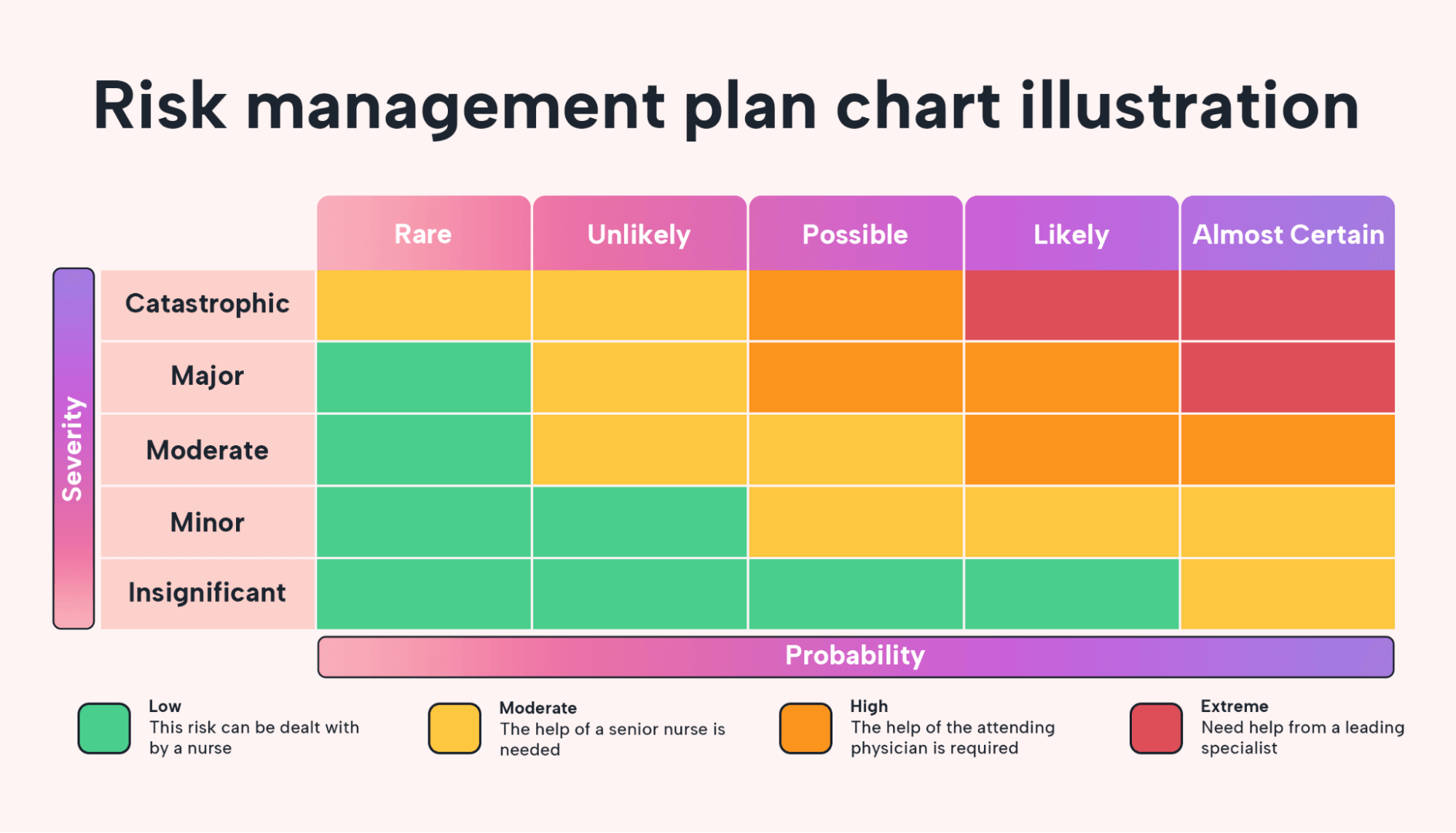Project management goals can make or break your project's success.
If you fail to establish effective goals, you set your team up for a turbulent journey of scope creep, budget overruns, and missed deadlines.
With specific, measurable goals relevant to your long-term vision, you can organize your team to make dynamic improvements without feeling overwhelmed.
Read on to discover tips on creating effective project management goals and practical examples for inspiration.
What are project management goals?
Project management goals are specific targets project managers aim to achieve to consider a project successful.
Goals in project management act like a roadmap to direct the project. Setting goals helps keep projects on time and in scope. They also offer a framework to track project progress and measure the project's impact on overall organizational performance.
Why are project management goals so important?
With a clear direction, you can focus your team on achieving a realistic aim within a feasible time frame.
Effective goal-setting helps facilitate project success in a few ways:
Sets the direction: Goals give the project team clear direction as to where they're headed and what they aim to achieve. This provides a collective focus.
Improves accountability: Clear goals make it easier to hold the team responsible for achieving their goals. Roles and tasks are coordinated around the main focus so team members understand their part in reaching the goal.
Facilitates resource allocation: Poor resource management is one of the top three project management challenges. Goals guide organizing time, money, labor, and equipment. That way, it’s easier to allocate your project budget and resources according to where they’ll have the most significant impact.
Enhances time management: Goals often come with project timelines. By setting realistic deadlines within your goals, you can better manage tasks so they’re completed on time.
Provides a measure of success: Quantifiable goals help you track performance and measure progress. You'll know which metrics to use to ensure the project is completed on time and on budget while also achieving its desired outcomes.
Minimizes risk: Well-defined goals help to reduce risks, such as budget overruns and late deliverables. Good goals set boundaries to keep projects on track.
Improves stakeholder alignment: Clear goals help you to align with stakeholders. They should be designed to meet everyone’s agreed expectations so everyone’s working off the same page.
Project management goals vs. objectives
Don’t confuse project management goals with objectives.
Goals are the broad outcomes you aim for. This could be increasing sales revenue, improving customer satisfaction, or expanding into new markets.
Objectives, however, are defined, measurable steps to achieve those goals.
For example, the goal might be to increase sales revenue by 10% within a year. The objectives could be to launch two new products, achieve a 30% higher website conversion rate, and increase average transaction value by 10%.
Think of it this way. Goals set the destination, and objectives provide a route.
Set up future projects for success: Tips for creating impactful goals
The goal-setting process will define your outcomes. Follow these best practices to set achievable goals that make a measurable difference.
1. Create SMART goals
Specific, Measurable, Achievable, Relevant, and Time-bound (SMART) goals help keep your projects on track. They clearly define precisely what should be achieved and by when, considering what’s feasible.
SMART goals are explicit in their intentions, trackable, and aligned with broader business goals.
For example, a software agency wants to develop products faster.
A vague goal like "speed up development" isn’t specific enough. A SMART goal would be to "cut development time by 15% in the next quarter without compromising quality or going more than 5% over budget."
2. Use data to shape goals
Craft goals based on hard data. Data insights not only help you to understand where improvements should be made. It highlights what’s realistically achievable based on previous project outcomes.
For instance, an insurance company may look at six months' worth of data to analyze fluctuating conversion rates.
Data shows that conversion rates move up and down by 5% without any initiatives. The company decides it’s realistic to set a project goal to “increase website conversion rates by 10% over the next six months."
3. Involve stakeholders in goal-setting
Collaborate with important stakeholders when crafting project goals. That way, you know your targets align with the outcomes stakeholders seek. Everyone’s working on the same page from the outset, reducing the chance of significant scope changes later.
Picture a construction company focusing on sustainable housing projects. The projects involve stakeholders like vendors, architects, construction managers, and local agencies.
Initially, they aimed to add one new sustainable practice. However, discussions with vendors and architects show that adding eco-friendly materials and sustainable design elements is viable.
In this respect, it’s feasible to set a goal to “incorporate at least three sustainable building practices in every project for the next year.”
4. Prioritize goals
It’s essential to work out which goals impact your project success most and work with your limitations.
For example, if you’re a company with a tight budget, you may focus on reducing production costs before improving product quality.
Use ranking systems like RICE prioritization to help you determine which goals give you the most significant reach and impact while considering the effort and expertise needed.
5. Regularly review and adapt
Review goals at set intervals to assess progress and relevance.
Regular reviews allow you to adapt your strategy if you’re not reaching your goals. Alternatively, you can adjust your plans if needs change and they’re no longer appropriate.
Imagine your company aims to complete a high-impact project in 6 months. One month in, you realize tasks are taking far longer than planned.
You’d reevaluate deadlines and reprioritize tasks. You might also assess the resources needed to achieve the goal and allocate new team members to the project.
Practical examples of project management goals for success
Use these examples of goals to understand better how to set SMART goals and define relevant objectives.
1. Improve team productivity
Aim to boost team productivity by completing projects faster, with fewer mistakes. This could increase project turnaround and revenue.
For example, an app development company might set a SMART goal to raise team output by 15% in three months.
Objectives could include automating tests, streamlining code reviews, and centralizing communication.
2. Stick to project budgets
Aim for tighter financial control to boost profitability to avoid cost overruns and scope creep.
For instance, a construction firm may set a goal to keep all projects within 2% of the allocated budget over the next six months.
Objectives could include implementing cost-tracking software, negotiating vendor pricing, and hosting monthly budget reviews.
3. Improve communication and collaboration
Improving internal communication and collaboration can prevent misunderstandings and improve accountability. Set goals to ensure everyone on your team is aligned and informed.
A digital marketing agency, for example, could set a goal of reducing miscommunication instances by 30% over the next quarter.
They might set objectives to centralize communication, hold weekly team meetings, and automate task updates.
4. Manage stakeholder relationships
Effective stakeholder management builds trust for smoother project execution and long-term loyalty.
Picture a consulting firm that aims to become the go-to service for long-term contracts. They set a goal to reach 90% client satisfaction rates within six months.
Objectives could include developing a stakeholder communication plan, holding regular check-ins, and conducting stakeholder surveys.
5. Minimize risks
Set goals to help you tackle unexpected issues proactively. This helps you overcome potential pitfalls and reduce delays.
For example, an event planning company might aim to experience zero high-impact issues for the next year.
Their objectives may include writing and maintaining a risk management plan, implementing risk monitoring tools, and training teams on crisis management.
6. Improve output quality
Improving project output quality helps you meet client expectations and positions you as a high-quality provider. You’ll start to see more client referrals and an improved market reputation.
Imagine a design studio. They might aim to reach a 95% client satisfaction rate within three months.
Objectives may include regular quality assurance checks, peer reviews, and extra product testing.
7. Maximize benefits realization
A crucial but often overlooked goal is ensuring a project's intended benefits are fully realized and felt across the company.
For example, a manufacturing firm might aim to reduce operational costs by 15% within a year.
Measurable objectives could include baseline analysis, Enterprise Resource Planning (ERP) system transition, and monthly cost reports.
How Motion helps you achieve your goals
Motion helps you reach your project goals more effectively. It's like having a personal task manager who knows what needs to get done and when.
Starting in the project planning phase, this AI tool can fine-tune your team's schedule. During execution, It fits all tasks and other work to team calendars based on urgency and availability. Motion’s task prioritization helps you focus on the most impactful tasks and can automatically adapt schedules if things change.
To help you keep your team aligned, Motion syncs everyone's calendars and sends out real-time notifications about upcoming deadlines and project changes. That way, there’s constant communication to keep everyone updated.
Reach your project management goals faster with Motion
Well-defined project management goals set the path for project success. But, on their own, they’re not enough to guarantee the project outcomes you’re looking for.
Tools like Motion make the journey easier. With AI scheduling, smart task prioritization, and real-time alerts, Motion helps keep your team on track to meet your goals.
Try Motion for free to streamline goal realization.








